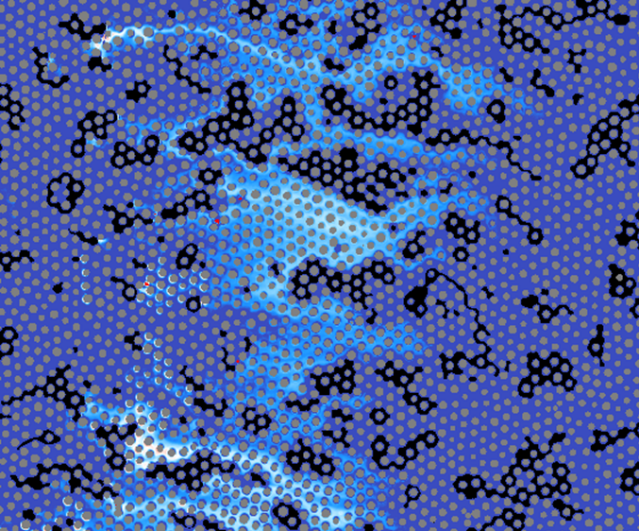Microbial ecology in the subsurface
Written By
Category
Research
Posted On
February 1, 2012
Share This

Chemical reactions in subsurface environments can be mixing- and/or kinetically-driven. Mixing is the process that brings reactants into contact with each other. The topology of the system, the heterogeneity in the flow field, the rheological properties of the fluids involved, and the presence of partially miscible or immiscible phases are some of the parameters that control mixing and reactivity. Microbiology can play a major role in these environments, both in controlling the local dynamics (by clogging and re-routing of flow due to biofilm formation) and ultimately in determining the biogeochemical properties (through nutrient cycling). We study the consequences of mixing processes on the kinetics of fluid-fluid, fluid-solid, and biologically-induced reactions in porous media. A current project in particular focuses on understanding the behavior and growth of bacteria in the vadose zone, the partially saturated zone of groundwater in which a solid phase, water and air coexist. To tackle these problems, we use microfluidics and confocal microscopy, together with numerical and theoretical modelling.
For microbial ecology in the vadose zone, please contact Dorothee Kurz (kurz@ifu.baug.ethz.ch). For additional work on transport in the subsurface, please visit the group webpage of Dr. Joaquin Jimenez-Martinez (https://www.sepgroup.ethz.ch).